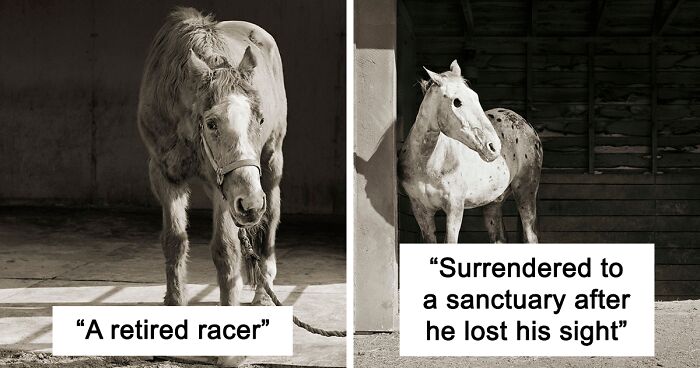
“Allowed To Grow Old” Showcases The Portraits Of Elderly Animals Captured By Photographer Dealing With A Fear Of Old Age
Interview With Artist“Allowed to Grow Old” is a book published by the University of Chicago Press. The project began as a personal exploration of photographer Isa Leshko’s fear of aging, which was triggered by caring for her mother who had Alzheimer’s disease. However, as she visited animal sanctuaries across America and met rescued farm animals, her motivation for the project evolved. Leshko became a passionate advocate for these animals and wanted to use her portraits to raise awareness about their stories and to speak on their behalf. In this series, she captures the unique personality of each animal by spending time to develop a rapport with them and working only with natural light to be as unobtrusive as possible.
The project not only features geriatric farm animals but also elderly companion animals, which are juxtaposed to exemplify the similarities among these animals and to provoke inquiry into why we treat some animals differently. Most of the farm animals Leshko met had suffered from horrific abuse and neglect before their rescue, making it a miracle to be in the presence of an animal who has reached old age. Through her portraits, Leshko hopes to highlight the beauty and dignity of these animals and to invite reflection upon what is lost when they are not allowed to grow old.
More info: isaleshko.com | Instagram | Facebook | twitter.com
This rooster, age unknown, was a factory farm survivor
Bored Panda contacted Isa Leshko to find out more about this special project. There are a lot of questions regarding the process of working on “Allowed to Grow Old,” the first one being how the photographer came up with the idea for it. Isa answered: “I began this series shortly after caring for my mom who had Alzheimer’s disease. The experience had a profound effect on me and forced me to confront my own mortality. I am terrified of growing old, and I started photographing geriatric animals in order to take an unflinching look at this fear. As I met rescued farm animals and heard their stories, though, my motivation for creating this work changed. I became a passionate advocate for these animals, and I wanted to use my images to speak on their behalf.”
Image credits: Isa Leshko
Handsome One, a Thoroughbred horse, age 33, was surrendered to a sanctuary when he retired from racing
Image credits: Isa Leshko
Pumpkin, a Morgan/Arabian crossbreed, age 28, was surrendered to a sanctuary after her guardian could no longer care for her
Asked about what the beginning of “Allowed to Grow Old” looked like, Isa told us: “I met Petey, the elderly Appaloosa horse who inspired me to photograph old animals, in 2008. That fall, I visited Winslow Farm, a sanctuary about 2 hours away from where I live in Salem, MA. I made several trips to the sanctuary through that fall. At that point I wasn’t sure yet whether I would share these images publicly because they felt too intimate. Once the weather got cold, I lost steam. I had a hard time looking at the images I had taken. They seemed to be a very raw expression of the grief and fear I was feeling. I left that first set of negatives unedited and unprinted for about a year.”
Image credits: Isa Leshko
Ash, a Broad Breasted White turkey was a factory farm survivor
Image credits: Isa Leshko
Kelly, an Irish Wolfhound, age 11, was adopted from a breeder after giving birth to her final litter
“Those images though lingered in my mind. During the fall of 2009, I prepared for Photo NOLA, a portfolio review that is held annually in New Orleans each December. At the 3-day event, artists present their work to curators, gallerists, publishers, and photo editors in strictly timed 20-minute appointment sessions. It’s a bit like speed dating but it is a terrific way to get your work seen by the right people. As I was printing my portfolio for Photo NOLA, I decided to include a few of my images from Winslow Farm. I was curious to hear my reviewers’ thoughts about the work. To my utter astonishment, the reviewers I met with that weekend were overwhelmingly enthusiastic about this new work. A few people even cried when they saw the images. Everyone emphatically encouraged me to continue making this work. I attended three other portfolio reviews during the first half of 2010 and the response was largely the same. I realized I had the makings of long-term project. I spent the summer of 2010 researching farm sanctuaries in the US and looking at artwork relating to aging, portraiture, and animals. I began creating new images for the project that fall.”
Image credits: Isa Leshko
Phyllis, a Southdown sheep, age 13, was farmed for wool for the first eight years of her life prior to being surrendered to a sanctuary
Image credits: Isa Leshko
Sierra, a White Holland turkey, age 3, was rescued as a young poult from a commercial hatchery that supplies turkeys to factory farms
Knowing that the aforementioned Petey, the elderly Appaloosa horse, was the inspiration for starting to photograph elderly animals, we were wondering which animals were actually the first to be captured with the “Allowed to Grow Old” project in mind. Here Isa quotes the story included in the book: “During my first visit to Winslow Farm, I encountered Zebulon and Isaiah, two Finnsheep who had severe arthritis and spent most of their days napping next to each other. I spotted them lying in a barn doorway, their faces lit by the warm September sun. I walked toward them cautiously, not sure what would happen. They seemed calm so I inched forward. Again, they did not stir. I dropped to the ground so I could gaze into their eyes directly while photographing them. It seemed natural to take this approach, so I employed it for the remainder of the project.”
Image credits: Isa Leshko
Red, a mixed breed rescue dog, age 14+, in foster hospice care
Image credits: Isa Leshko
Abe, an Alpine goat, age 21, was surrendered to a sanctuary after his guardian entered an assisted living facility
We doubt there is anyone absolutely neutral to images created for this project. The photographs of elderly animals, sometimes injured or disabled, must affect the majority of people. It is even more emotional if we look beyond the image of animals and we understand that time is passing for everyone in the same way – both for animals and human beings. Isa Leshko told us a bit more about the reactions she witnessed. She said: “Many people cry. I have received hundreds of deeply personal emails from people around the world, sharing with me their grief over a dying parent or an ailing beloved pet. At exhibition openings, I routinely receive hugs from total strangers who tearfully share their stories of loss. I am deeply touched that my work has affected people on such an emotional level. I am grateful for the outpouring of love and support that I have received for this work. But sometimes these encounters have been painful as well, particularly when they happened while I was mourning my parents’ deaths.”
Image credits: Isa Leshko
Blue, an Embden goose, age 28, whose rescue details are unknown
Image credits: Isa Leshko
Babs, a donkey, age 24
Asked about lessons we can get from this project, Isa explained: “Spending time with farm animals who have defied all odds to reach old age has reminded me that aging is a luxury, not a curse. I will never stop being afraid of what the future has in store for me. But I want to face my eventual decline with the same stoicism and grace that the animals in these photographs have shown. I was born with juvenile rheumatoid arthritis and was often sick as a child. I outgrew the condition in my late teens but have grappled with orthopedic disorders as an adult. I think living with chronic pain has made me a more compassionate and determined person. It also enabled me to view old animals with empathy and not pity. I have spent countless hours lying in mud and animal scat in pursuit of pictures. By the end of a day spent in a barnyard, I am filthy, sweaty, and sometimes covered in mites. My muscles and joints ache from contorting my body to remain at eye-level with the animals I photograph. I feel every bit as old as the animals I met that day.”
Lastly, the author added: “My portraits are testaments to the resilience of my subjects as well as my own.”
Image credits: Isa Leshko
Bessie, a Holstein cow, age 20, was repeatedly impregnated during the first four years of her life spent as a “milker” on a commercial dairy farm
Image credits: Isa Leshko
Buddy, an Appaloosa horse, age 28, was surrendered to a sanctuary when his guardians could not properly care for him after he lost his sight
Image credits: Isa Leshko
Forest, a sheep, age 16, roamed free with a herd on Santa Cruz Island off the coast of California
Image credits: Isa Leshko
Violet, a potbellied pig, age 12, was born with her rear legs partially paralyzed, Violet was surrendered to a sanctuary because her guardian could not properly care for her special needs
Image credits: Isa Leshko
Explore more of these tags
"was farmed for wool for the first eight years of her life" is a bit overdramatic. Maybe her living conditions in that time weren't great, who knows, but it doesn't say that, it just mentions the wool. Domesticated sheep were bred over thousands of years to grow more wool than they need themselves, NOT shearing them will lead to problems for them. They do not loose all that hair on their own in spring, it will just grow longer and longer. Just look at the case of the sheep they caught in Australia that hadn't been shorn in years, 42 kg of wool (!!!) it was a miracle he survived that long.
I recently got 10 years of hair growth cut off (full head of very thick, curly hair, it weighed about 1.25 kg) and oh the pure relief I felt! I can't even imagine how good it must feel for domesticated sheep when they're sheared (without injury of course) ESPECIALLY THAT 42 KG OF WOOL SHEEP!!!
Load More Replies...They are all so beautiful. Some such sad stories. I’m glad they have all found a wonderful home now. I want to hug all of them. Even the chicken.
I love the attention brought to animals in their golden years. It breaks my heart that older animals tend to not get adopted as often as kittens/puppies, etc. Lovely article, so nice to see all these rescues doing well.
"was farmed for wool for the first eight years of her life" is a bit overdramatic. Maybe her living conditions in that time weren't great, who knows, but it doesn't say that, it just mentions the wool. Domesticated sheep were bred over thousands of years to grow more wool than they need themselves, NOT shearing them will lead to problems for them. They do not loose all that hair on their own in spring, it will just grow longer and longer. Just look at the case of the sheep they caught in Australia that hadn't been shorn in years, 42 kg of wool (!!!) it was a miracle he survived that long.
I recently got 10 years of hair growth cut off (full head of very thick, curly hair, it weighed about 1.25 kg) and oh the pure relief I felt! I can't even imagine how good it must feel for domesticated sheep when they're sheared (without injury of course) ESPECIALLY THAT 42 KG OF WOOL SHEEP!!!
Load More Replies...They are all so beautiful. Some such sad stories. I’m glad they have all found a wonderful home now. I want to hug all of them. Even the chicken.
I love the attention brought to animals in their golden years. It breaks my heart that older animals tend to not get adopted as often as kittens/puppies, etc. Lovely article, so nice to see all these rescues doing well.

 Dark Mode
Dark Mode 

 No fees, cancel anytime
No fees, cancel anytime 






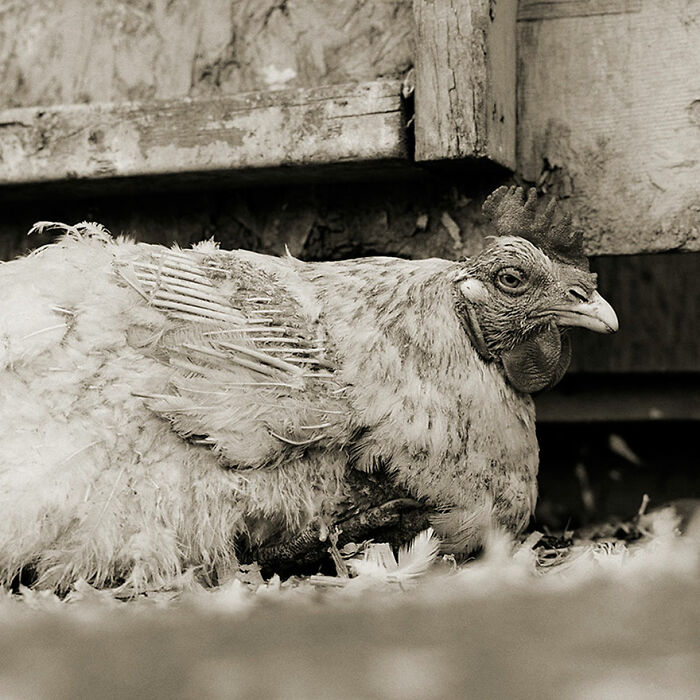
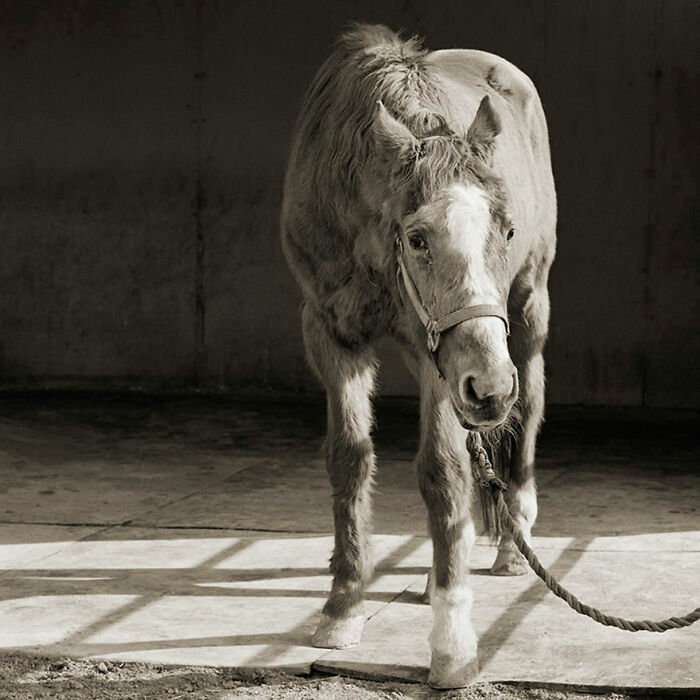
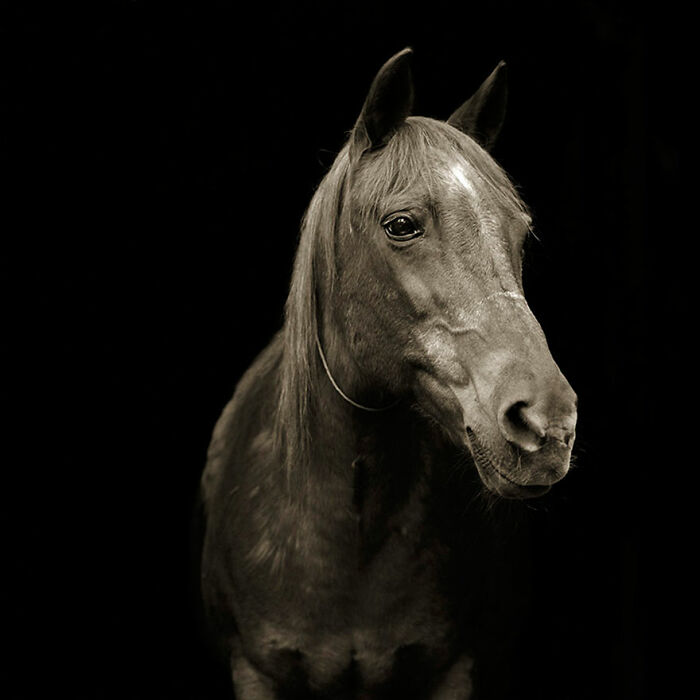
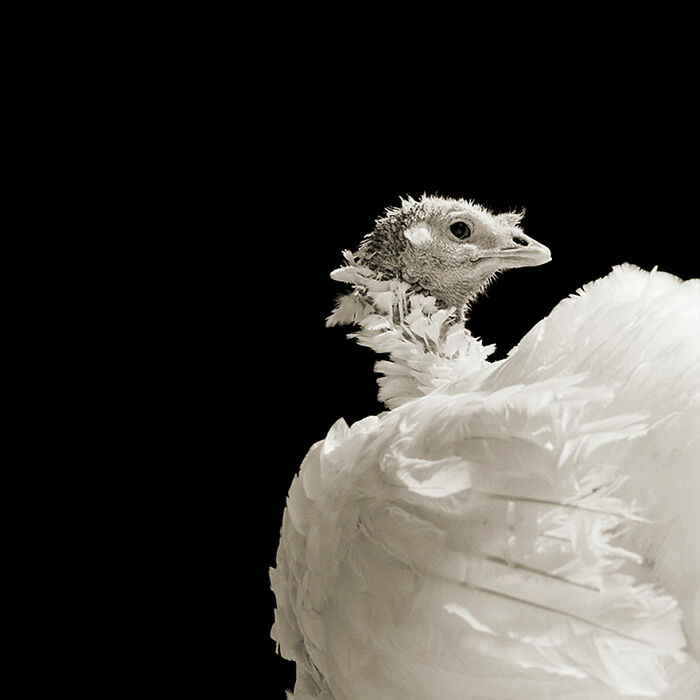
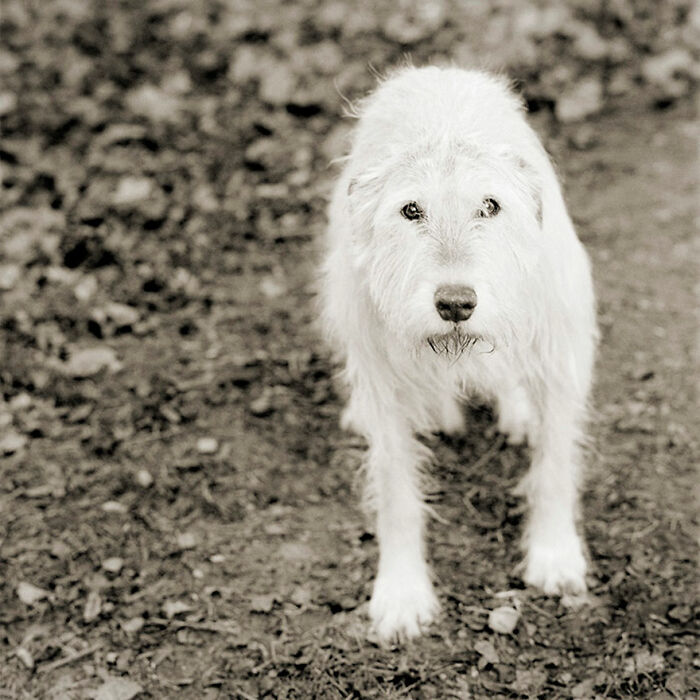
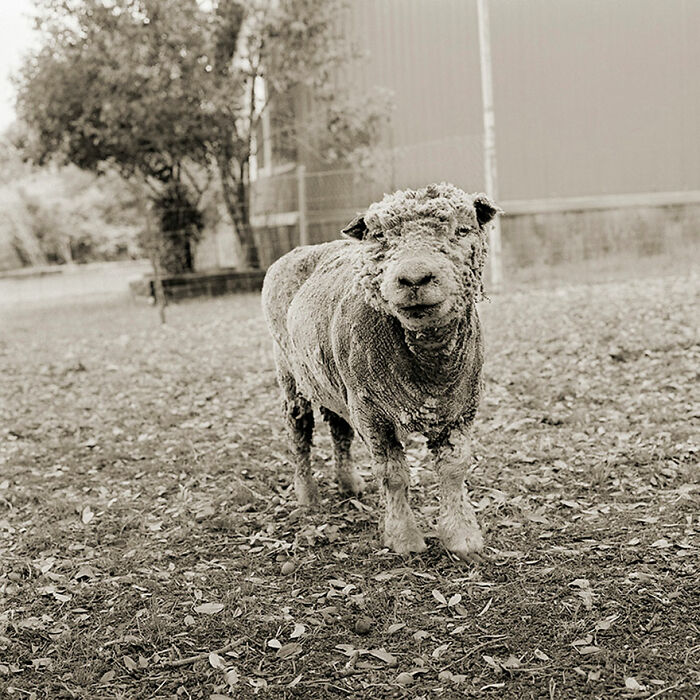
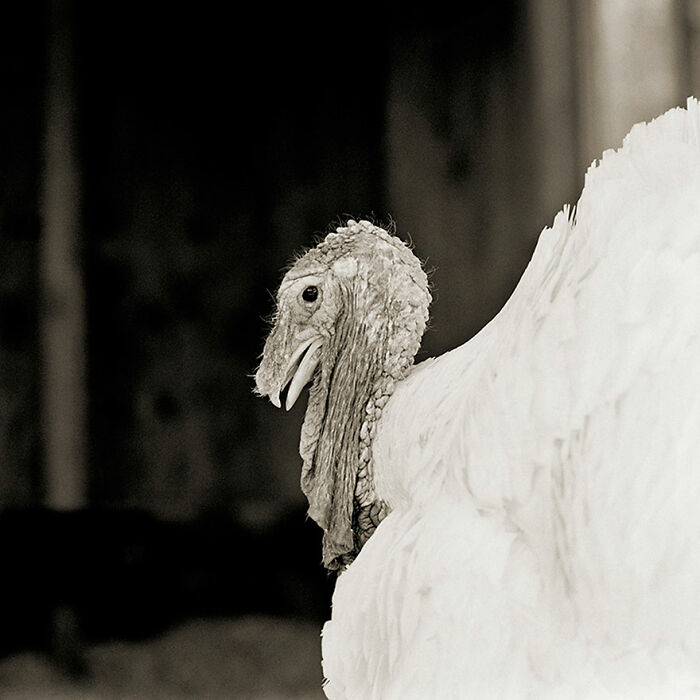
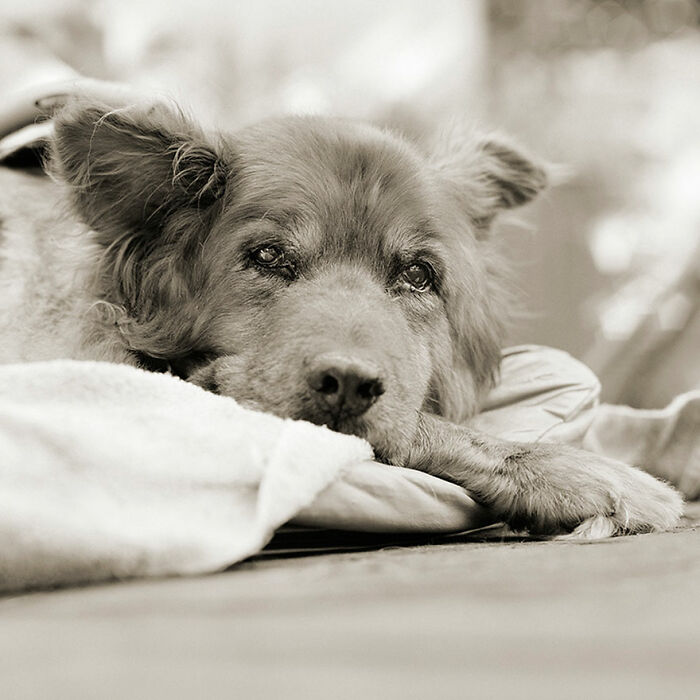
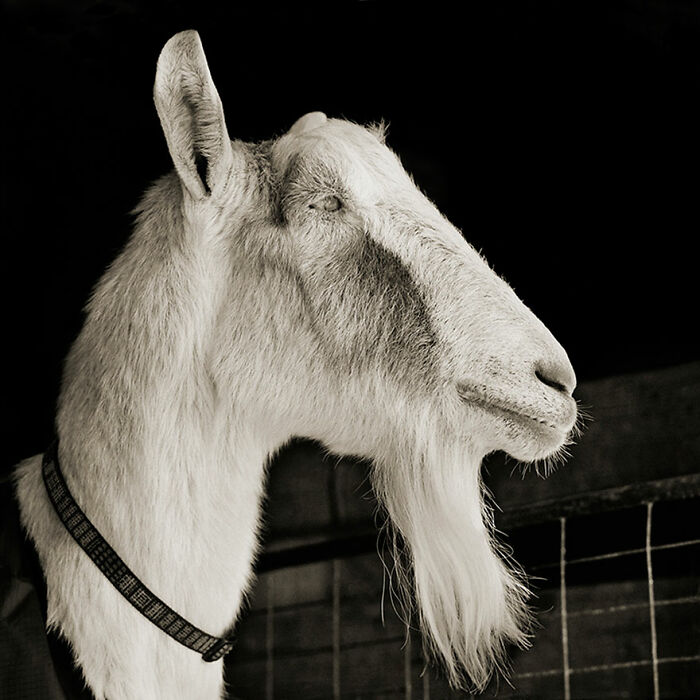
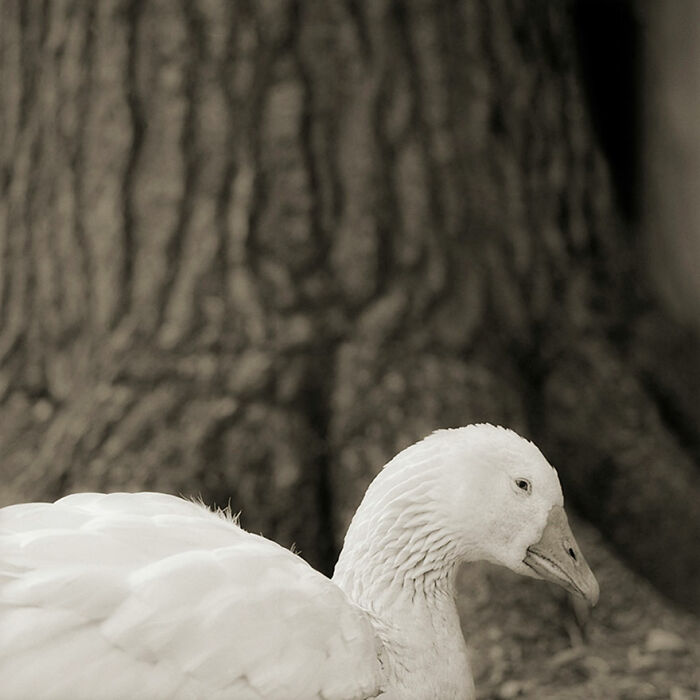
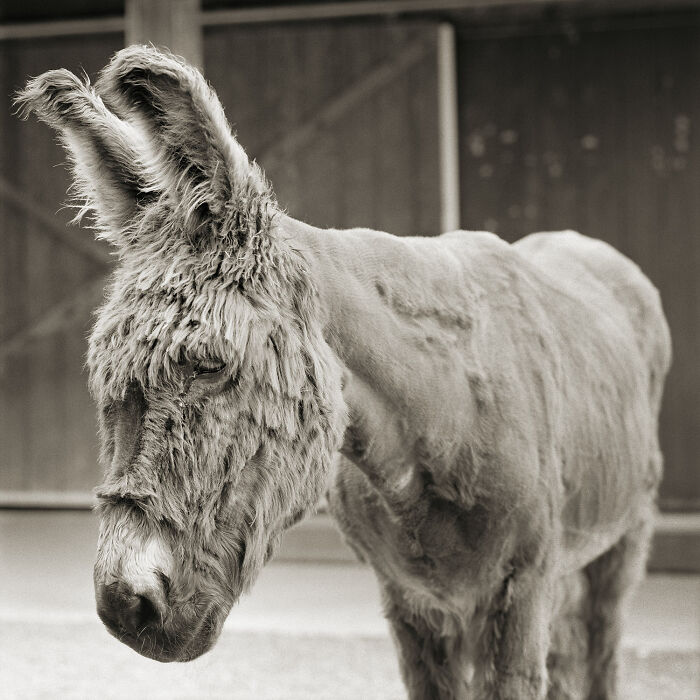
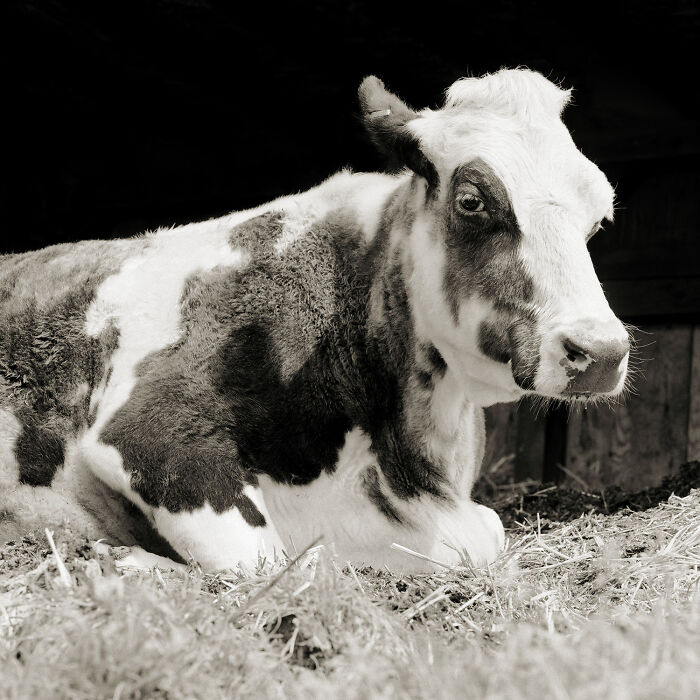
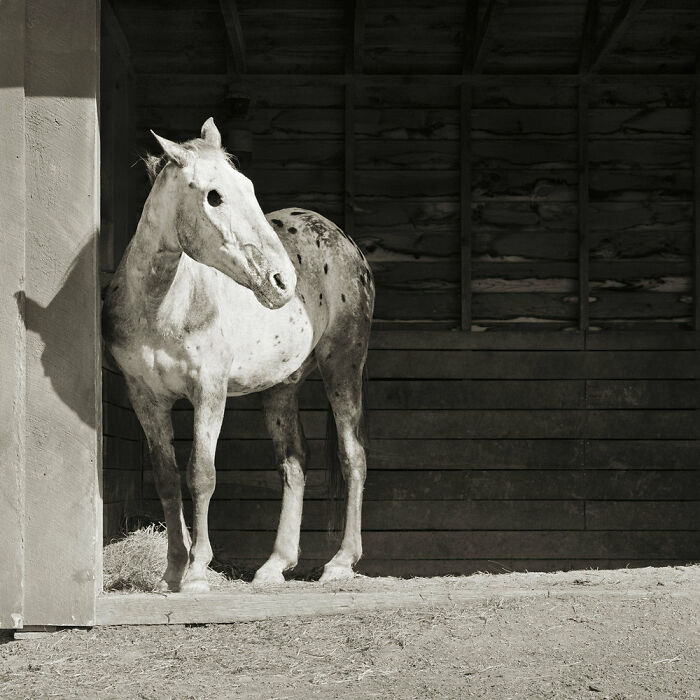
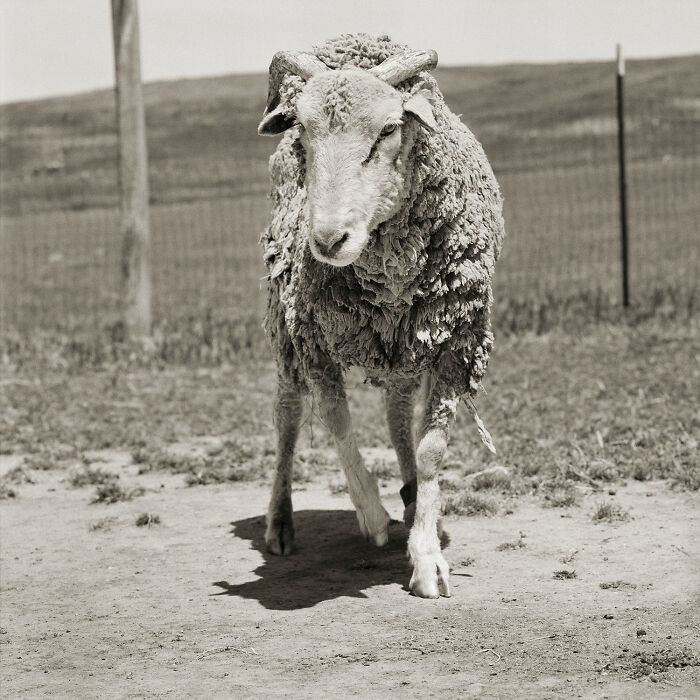
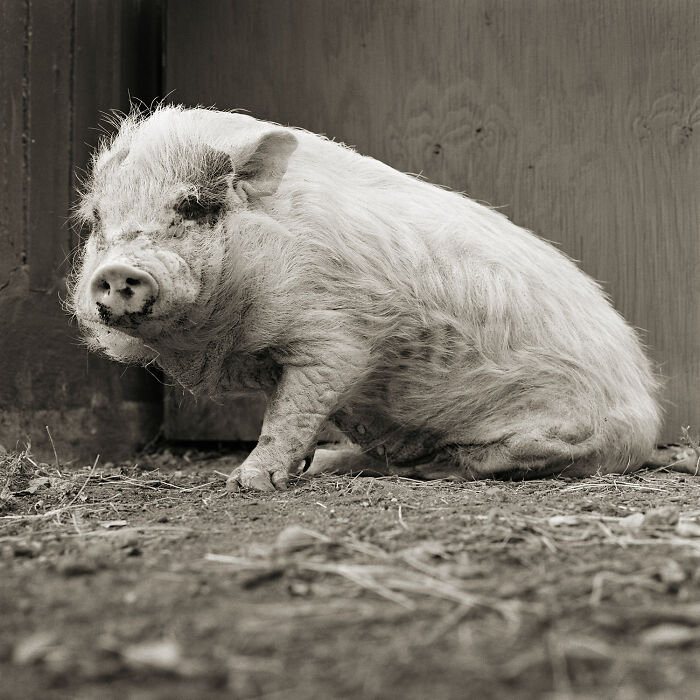
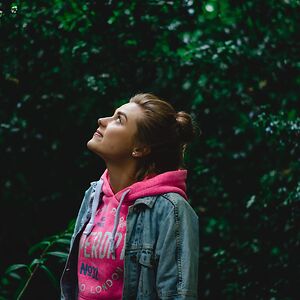










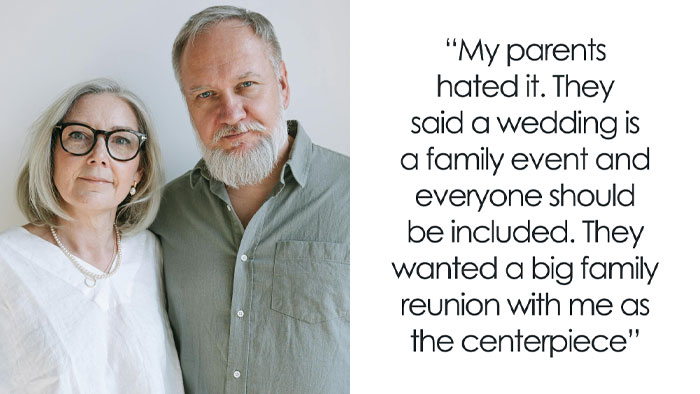































134
15